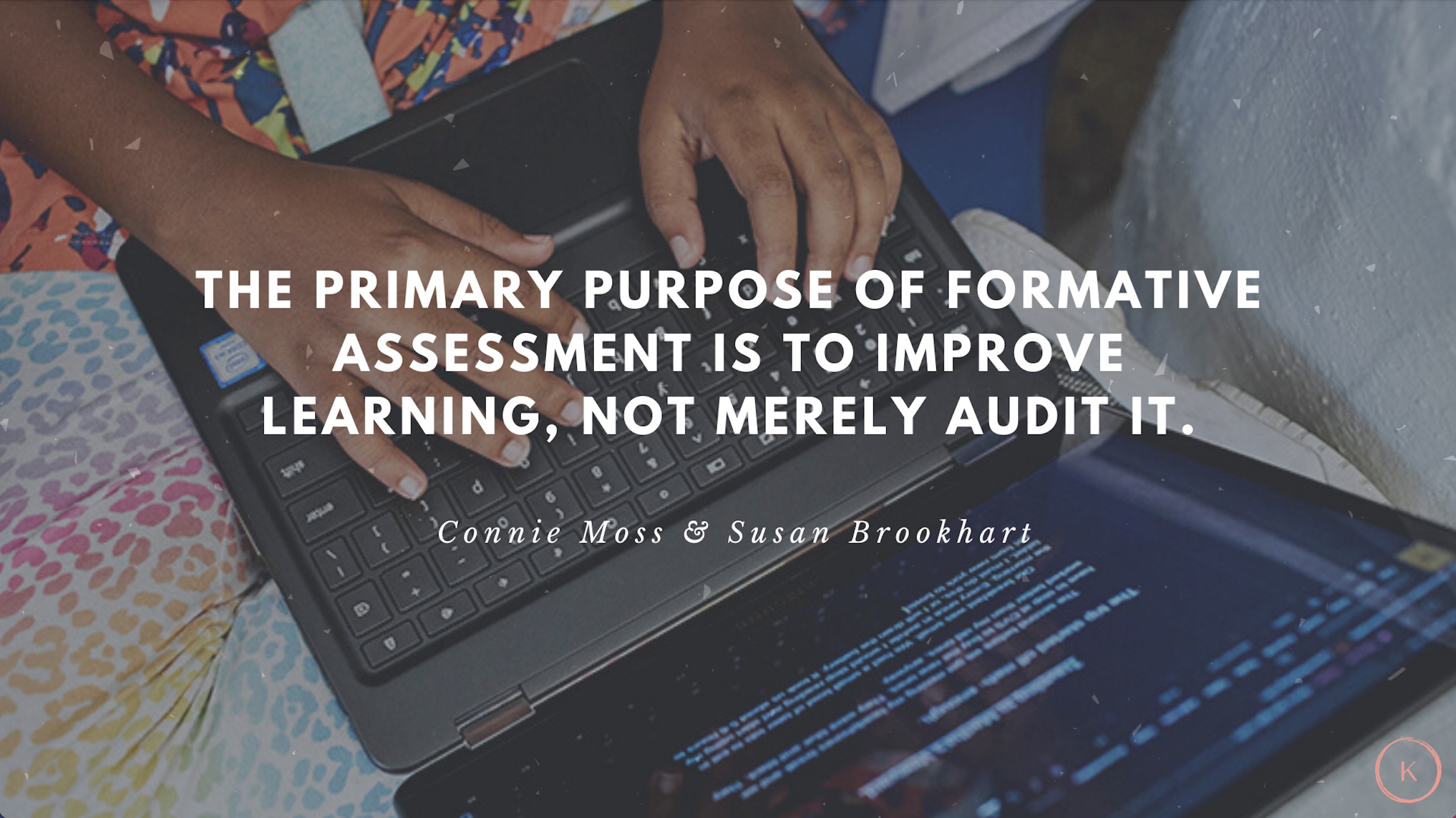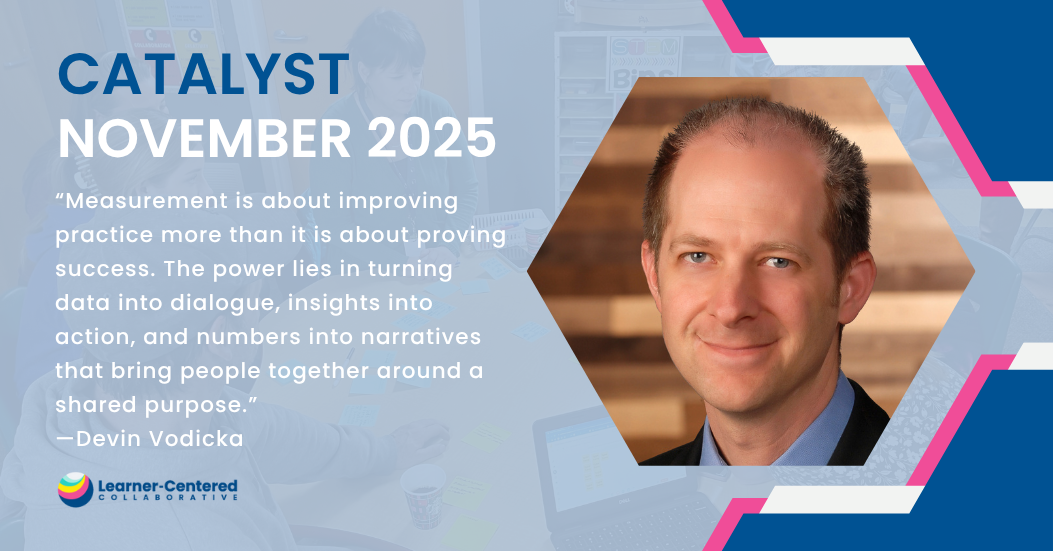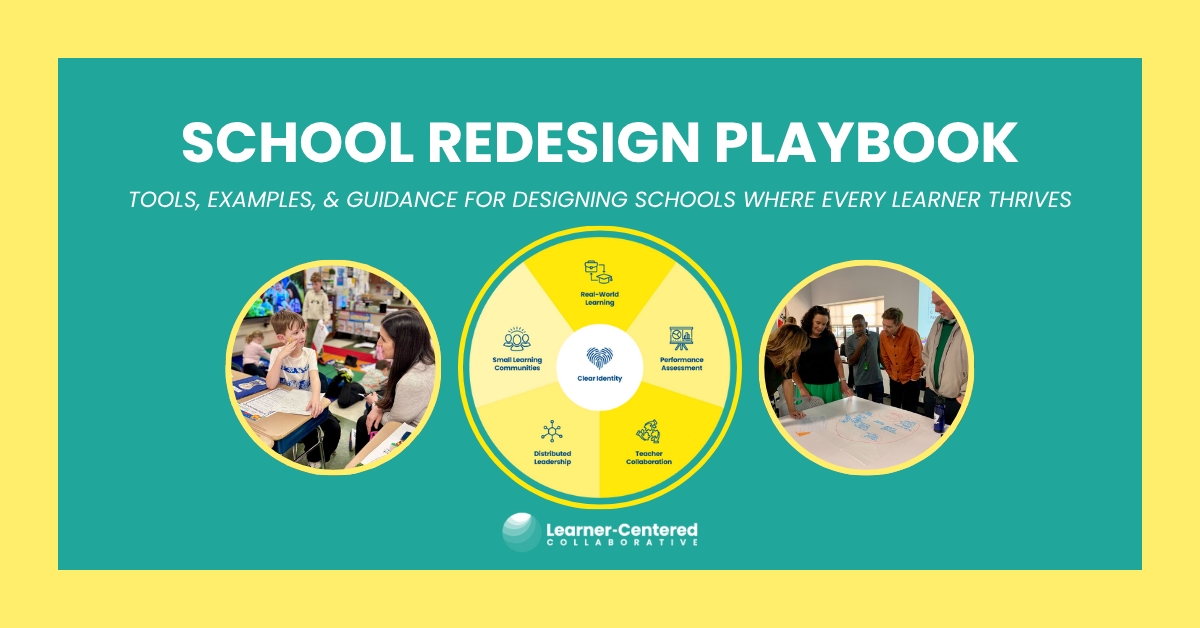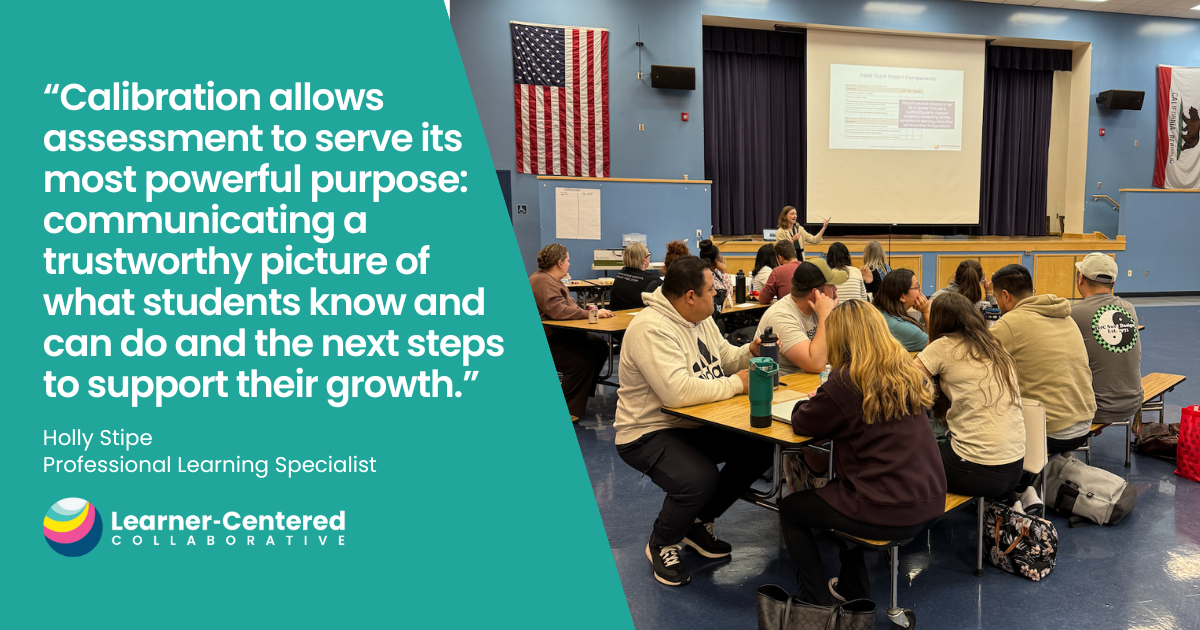Do Your Assessments Improve Learning?

Grading and reporting of those grades is one of the cornerstones of teaching but not always learning. Tom Guskey shaped my thinking about grading and assessment early on as a teacher and continues to highlight how we can make grading and assessment more reflective of the learning that is happening and where the learner is in their journey. In his book, Get Set, Go!, he identifies 3 types of grading criteria that he says must be distinguished in reporting student performance: product, process, and progress criteria, which relate to academic achievement, cognitive outcomes, and process criteria.
1. Mastery of Core Content + Knowledge (Product)
What have I learned?
Based on desired competencies or standards, this grade reflects the level of achievement of the desired learning goal or what students are able to demonstrate that they know and can do. This means, it is not an average of multiple scores or conflated with homework, participation or behavior. It should simply reflect their ability to demonstrate mastery of desired skills. For example, on a report card or progress report, you would see the competency or standard and simply met or not met. Can you multiply fractions, balance equations, or analyze a literacy text?
2. Growth (Progress)
How have I grown?
One of the things that I lamented as a teacher was that my students who showed so much growth but had not yet met the standard, didn’t have a way to highlight their progress and be celebrated for their growth in their grades. This is often the reason that behavior and effort get mixed in with mastery or performance grades to account for the growth but they really are separate. I can try really hard to train and run 5 miles and show incredible growth in my endurance and speed but if I can’t actually run 5 miles without stopping, I don’t actually meet the standard. Similarly, my students who started 7th grade at a 2nd grade reading level showed incredible growth to get to 4th-grade levels in a year but they were still not at grade level. My students who were reading at grade level, but didn’t put in much effort were at standard but their growth was minimal. Both are important to track, measure, and reflect upon in the pursuit of ongoing learning and growth.
3. Habits (Process)
How do I use my skills to learn and improve?
Mindsets and habits such as growth mindset, initiative, self-direction, perseverance, planning and organization, goal setting, responsibility, citizenship, empathy and flexibility, and skills are sought after in life and work but rarely taught explicitly in school. Whether or not students develop them has been left to chance in too many cases. More specifically Tom Guskey found that even though the noncognitive skills are absent from the school curriculum, and rarely measured reliably, these same skills are often interconnected to the grades that teachers give. What is also important to note about habits is that measuring these should be different than how you would measure mastery of academic competencies. These habits can be contextual and are rarely mastered. For instance, I have been working on goal setting and if I set and track goals all month, that is evidence that I am showing strong evidence of this habit but it doesn’t mean that I count it as mastered and move on. It is a habit I constantly need to practice, reflect, and evaluate the impact on my performance. Consider a scale of frequency to evaluate such as Rarely, Sometimes, Often rather than a mastery scale to assess these habits for progress reporting measures.
This table outlines what, why and how we can assess and more importantly how we can make students an integral part of the process.

Assessment can (and should) be about growing and learning and instead of being punitive or used as a gotcha moment- I am looking at you “pop quiz”. Over time I have worked with educators to better define the profile of success or competencies and measure what matters. The tendency, that we have to fight against, is to get a rubric and rate students with a number or met or not met on all of the competencies. I have seen time and time again that, based on old habits of grading, it quickly moves from celebrating students’ growth and what they can do to checking the boxes. Instead, when we identify the specific knowledge, skills, and habits that are valued, explicitly teach them and provide guidance to develop them, we can have students reflect on these skills, get peer feedback, and provide evidence of strengths and areas of growth. With clear learning goals, we can bring students into the process to create their own portfolio, self-assess, and capture evidence of their own growth like pictures, pieces of work, anecdotes from the playground, home, or group collaboration that better capture their learning journey and growth over time.
When students know the learning targets, have multiple opportunities to learn, experiment, and refine, they are much more invested. Students should be central to the assessment process, setting goals based on the course and or their current performance and taught to document and share evidence of their own personal goals related to academic mastery, growth, and habits.
Why teaching, learning, and measuring what matters, matters
The answer is simple: If we let our high stakes test that primarily measures content knowledge and basic skills drive what we do every day in school, we will narrow the curriculum. Instead, we need to allow for learners to engage in authentic tasks and apply skills in ways that matter to them and if we don’t, we will continue to see disengagement and students failing to reach their full potential. When students are behind or lack skills, what they need is more context. They need to understand the purpose of what they are learning instead we reduce their education to drill and kill and never-ending worksheets, and then we wonder why they hate reading or think math is boring. Foundational skills are absolutely necessary, but they won’t master them without the motivation to practice and guidance to improve.
Learn how Katie Martin and her team support schools with professional learning and tools to bring learner-centered, competency-based assessment for learning to life with learners






